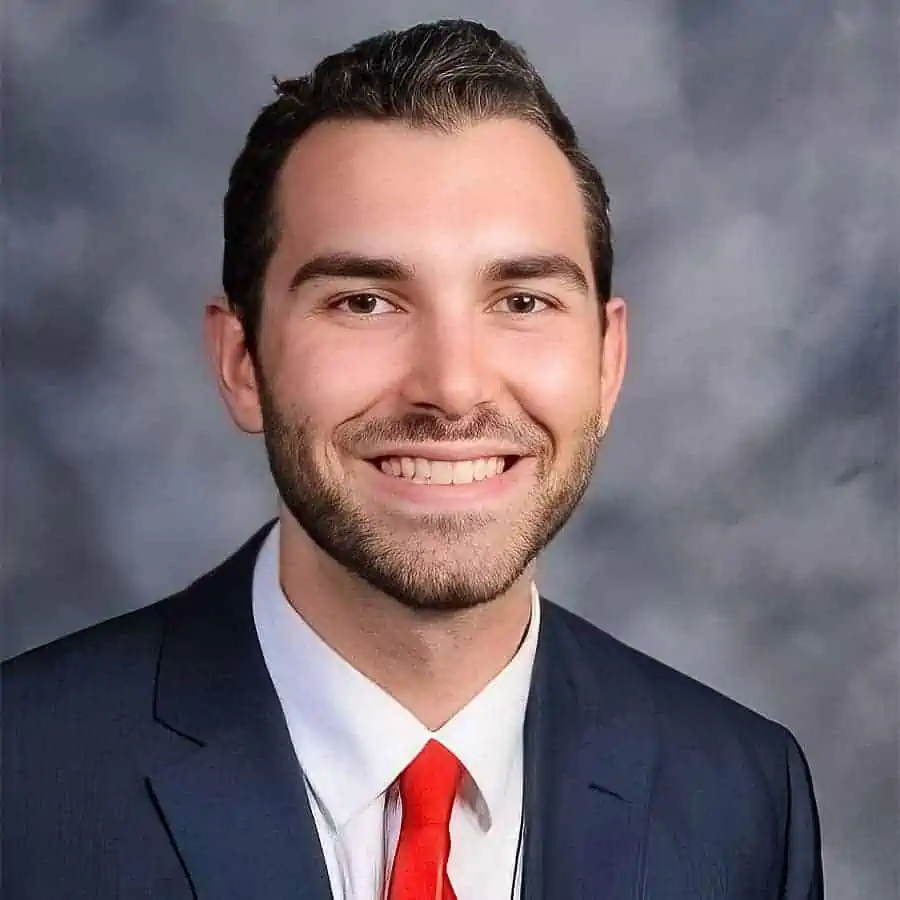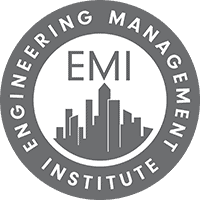Podcast: Play in new window | Download | Embed

***The video version of this episode can be viewed here.***
Engineering Quotes:
Here Are Some of the Questions I Ask Brian:
- How does customizing solutions for architects, engineers, contractors, subs, and specialty contractors in AEC construction improve problem-solving for their unique challenges?
- Can you elaborate on what RealityCapture involves, particularly in construction?
- Do DroneDeploy customers find the product’s simplicity useful for basic RealityCapture tasks, like progress documentation and inspection, despite its broader applications?
- Has employing Structure Inside, which identifies locations like “column B grid two” for addressing issues found in photos and reports, significantly improved efficiency in your industry?
- What obstacles do you see in getting more people to use and adopt the product, given that the number of users serves as a qualitative metric for ROI on both individual projects and overall?
- What are some effective strategies for persuading both executive teams and end users to support and adopt the product?
- Any big changes or updates since StructionSite joined DroneDeploy, especially with their focus on ground capture and potential synergies with DroneDeploy’s initiatives?
- Any last advice on pursuing a tech career or transitioning to a tech company?
Here Are Some Key Points Discussed in This Episode About How to Utilize RealityCapture for Efficient Project Documentation:
- Unlike other tech companies obsessed with fancy features, DroneDeploy keeps it practical. They get that users care more about when and how to use tools, not all the technical stuff. By giving timely and relevant info, especially during key moments like project closures, DroneDeploy stands out in a crowded market.
- RealityCapture is like advanced documentation for projects, capturing physical assets in detail. It helps teams communicate progress, retrofit designs, and inspect assets. Beyond AEC, it’s widely used in oil and gas for inspections and maintenance, as well as in agriculture, mining, and more. The tool serves diverse industries by enabling efficient documentation and communication for various purposes.
- The 360Capture platform, now part of DroneDeploy, stands out in defining its purpose. While 360-photos are powerful, the real strength lies in organizing them by location. This is vital in construction and engineering, where knowing precisely where an issue or image is located within a project or asset becomes crucial for efficient problem-solving.
- In engineering, during tasks like parking garage inspections, the challenge is efficiently sharing information from on-site engineers with remote stakeholders. Project success hinges on team involvement, and a more inclusive collaboration, involving various contributors, tends to yield superior long-term benefits.
- When assessing the value of technology, focus on real benefits to get a good return on investment (ROI). Emphasize the time saved with tech, gather user feedback through surveys, and suggest controlled trials with R&D budgets to address concerns. Recognize that discussions about ROI reveal insights into how the organization views and gains from technology.
- Prioritize “time to value” in tech implementation, emphasizing quick returns and relevance. Align with critical project moments, avoiding massive rollouts in favor of a strategic, industry-specific approach for immediate impact.
- Last year at the DroneDeploy conference, a major announcement revealed the unified platform merging DroneDeploy Aerial and DroneDeploy Ground after acquiring StructionSite. Recognizing their business focus on RealityCapture, the new platform seamlessly blends drone mapping with interior 360-capture. The outcome is a polished DroneDeploy Ground app, resembling StructionSite 2.0, with improved connectivity and a user-friendly vibe. The collaboration of two skilled teams led to careful evaluations, resulting in the best possible product.
- Sharing on platforms like LinkedIn can positively impact careers in construction and engineering. Openly discussing projects and lessons challenges common views, offering a more genuine picture of the industry. Advocates for transparency play a crucial role.
More Details in This Episode…
About the Guest: Brian Vizarreta

In addition to his role at DroneDeploy, Brian serves as the co-host of the Built Different podcast. Alongside Grant Hagen, he engages in insightful interviews with executives and technology managers, delving into their processes and lessons learned in leveraging technology for company-wide improvement.
About the Host: Nick Heim, P.E.

Nick’s interests lie at the intersection between the built world and technology, and he can be found looking for the ever-changing answer to the question, “How can we do this better?” Nick can be found on LinkedIn, producing content about the use of technologies in his civil engineering career and small business.
Sources/References:
DroneDeploy
AECT 005: How 360-Cameras Are Becoming the New Standard for AEC Projects
Harvard Business School
Connect with Brian Vizarreta on LinkedIn
We would love to hear any questions you might have or stories you can share on how to utilize RealityCapture for efficient project documentation.
Please leave your comments, feedback, or questions in the section below.
To your success,
Nick Heim, P.E.
Host of the AEC Engineering and Technology Podcast





